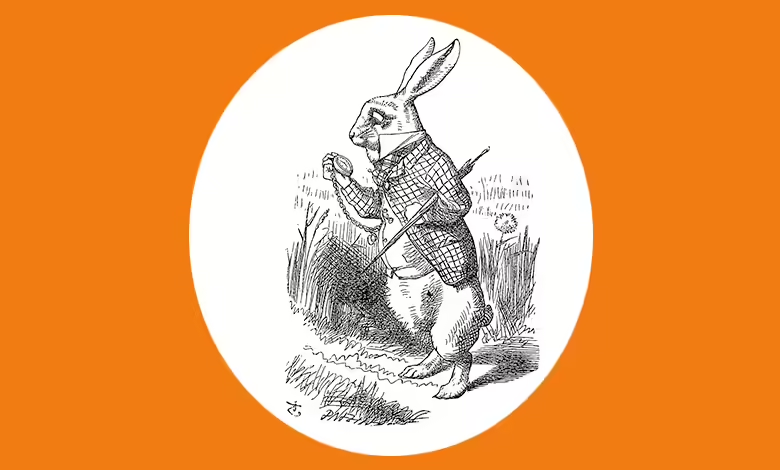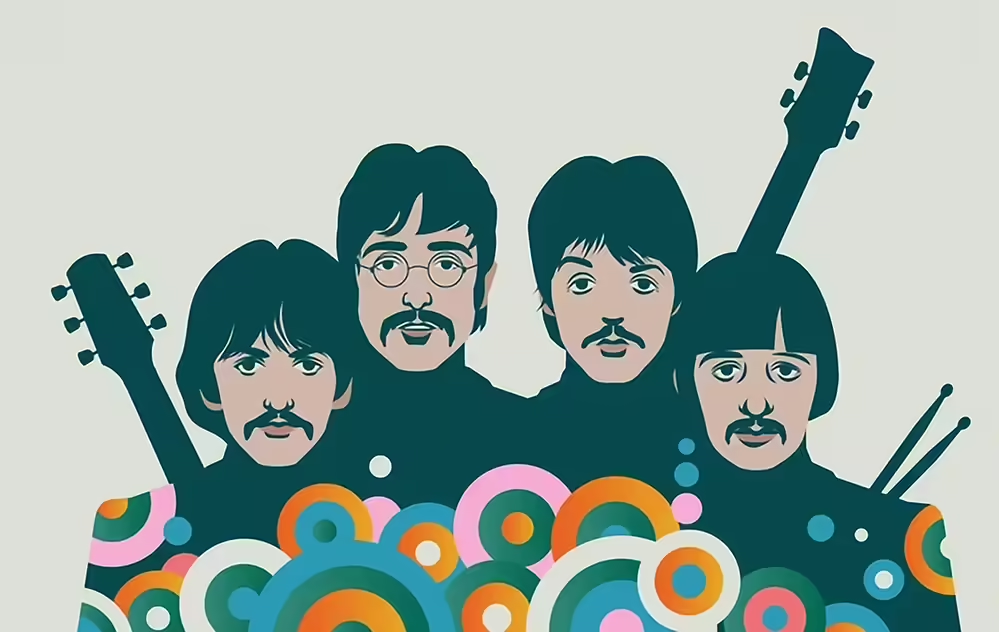
My earliest introduction to time was from the White Rabbit in “Alice in Wonderland.” He scurried about while holding a big pocket watch in his hand and shouting, “I’m late, I’m late for a very important date!” It was an Aha! moment for a 4-year-old: time suddenly changed from just a word to a concept with dimension and meaning. Tick, tock, tick tock. “It’s time to wake up,” “It’s time for dinner,” and “We’ll be there in a few minutes” were phrases from my parents’ mouths that now made sense to my young mind.
Over a lifetime, I have often considered the lessons of the White Rabbit. A clock has a face whose hands circle “clockwise” twice daily. Twelve hours in a day, 60 minutes in an hour, 60 seconds in a minute. Why not factors of 10? Money, fingers, and toes are all in increments of five and 10.
Before the decimal system, Babylonian mathematicians worked with a numerical base of 60, while Chinese, Egyptians, and others used a base of 12. These timepieces (sundials, water clocks) established the time-keeping standard throughout the ancient world. Even though subsequent civilizations preferred to count by five and 10, clocks did not change. Like mousetraps and safety pins, the original design never needed improvement.
Theoretically, time is measurable and constant. Tick, tick, tick – always linear and moving forward. Why is it that time feels irregular? Time sometimes drags, as when waiting in line at a restaurant, and sometimes it disappears in a snap. How often have we asked ourselves: “Where did the time go?” A splendid vacation ends, children grow up and have their children, good friends move away, we lose a loved one or special pet, and we leave our employment for the last time. I am aging. Oh, where did the time go? I know the answer. It’s just the way of things. Time passes.

Looking back, I’ve seen polka dots, big hair, shoulder pads, plaids, hot pink, and baggy pants come in and out of vogue more than once. It’s enjoyable to see my grandchildren discover the music of the Beatles and R.E.M. only to find that I know most of the words already! We wrote notes and kept a day timer when there was no internet. Socializing was in person. Although I value the connectivity of the internet (replacing “phone trees” is a godsend), according to my weekly iPhone notification, I’m spending an hour and a half daily reading and sorting information. That’s a lot of time to spend with an inanimate object. I relish the weeks when the message says my screen time was down from the previous week.
Every great invention has a negative side. The internet, for example, has streamlined and connected our lives in many positive ways. Still, it has also driven us apart – virtual communities and friends are not the same as real ones. As I grow older, these close personal relationships matter more than the convenience of not having to write checks.
After a lifetime of experiencing history as it happens, I can identify clear turning points where the pendulum stops swinging one way and starts drifting in the opposite direction. I see a progression in my life that zigged when it needed to zag, with a few course corrections. The silent companion on this journey is time.
We change, and the world around us changes. As Heraclitus said: “No man ever steps in the same river twice. For it’s not the same river, and he’s not the same man.” It is possible to go home again as I have done, but I see these places through wiser eyes.
How I spend my time is my choice to make now. Retirement is heavenly in that regard. It can be spent in productive pursuits or not. I can paint, garden, walk around, visit with friends, write, read books, watch a movie, or nap whenever I want. Travel? Is spending time with friends on the list? Yes, more of this.
I’m not ready to consider my “legacy” because I am still writing the script. More time is left, and too many important dates are coming up. Even though time continues to move forward, it’s not too late.





